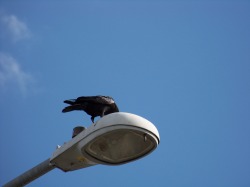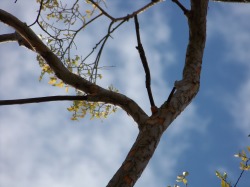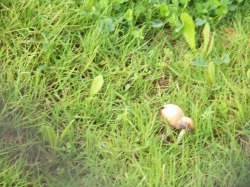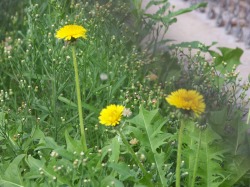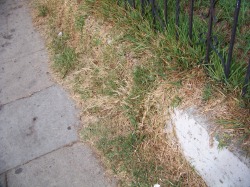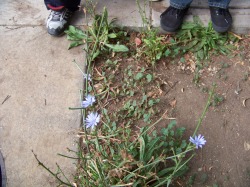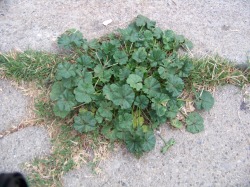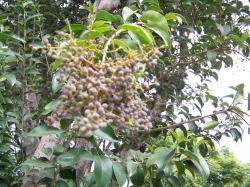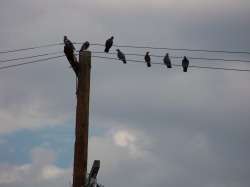PODCASTS: Click on this link, subscribe for free, and listen to our student recorded podcasts=)
Physical Science: Matter and Energy

What is energy? How can it be stored, converted, and transferred? What are the properties of light? How do we classify types of matter? How can we tell if matter is in a state of solid, liquid, or gas? These are a few of the questions we investigated for our final science unit. A special "thank you" to Mr. and Mrs. Ramos for helping us out!
Life Science: Structures of Life
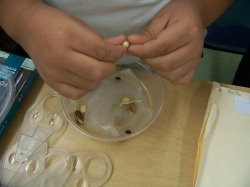
There are so many different types of organisms on our planet. Why do they all look so different? How do the various structures of these living things help them to survive? The students started their investigations by observing the properties of seeds that are found in the fruit of a plant, and the changes they make as the germination process begins. The students predicted how much water a seed can soak up after weighing dry seeds. The young scientists continued their studies of life's structures by observing crayfish and land snails, and identifying their unique structures and how these structures aid in survival. Snail races were the "grand finale."
Math Concept Lessons: Fractions and Volume

Working together as a group, students had to decide who had most of their garden planted using fractions with different denominators. Later, students worked with cubic units to determine whose toy box had the most volume. We discovered that two heads (or more) are better than one, and that there is more than one way to solve a problem correctly. We learned how to show and share our different strategies.
Earth Science: Tracking the movement of the sun with our shadows

Does the sun move in a predictable pattern? Why does the earth have seasons? What causes the moon to look different every night? Students are learning the answers to these and many other questions about the sun, moon, and stars. After learning the cardinal directions of north, east, south, and west, we made chalk outlines of our shadows throughout the day to chart our observations. We learned that the sun always rises in the east and sets in the west. We also observed that our shadows are longer in the morning and the evening, when the sun is closest to the horizon, and our shadow is the shortest at noon when the sun is at its highest point in the sky. Our observations confirmed that our shadows are directly opposite of the sun. Now we are completing our Moon journals!
Search for Urban Wildlife

What kind of wildlife has adapted to live in our cities? We took a short walk around Evergreen (on our way to and from the Malabar Library) to learn how to observe the plants and animals living wild in our city. Can you spot the wildlife?
Science Investigation and Inquiry

Students investigate unknown material from a newly discovered planet and form a hypothesis about the materials. They decide how to group the different materials into categories they choose and explain the why and how of their observations. They are learning science terms and how to use and name scientific tools. Finally, we learn how to test our hypothesis using microscopes. Science is fun!
















































